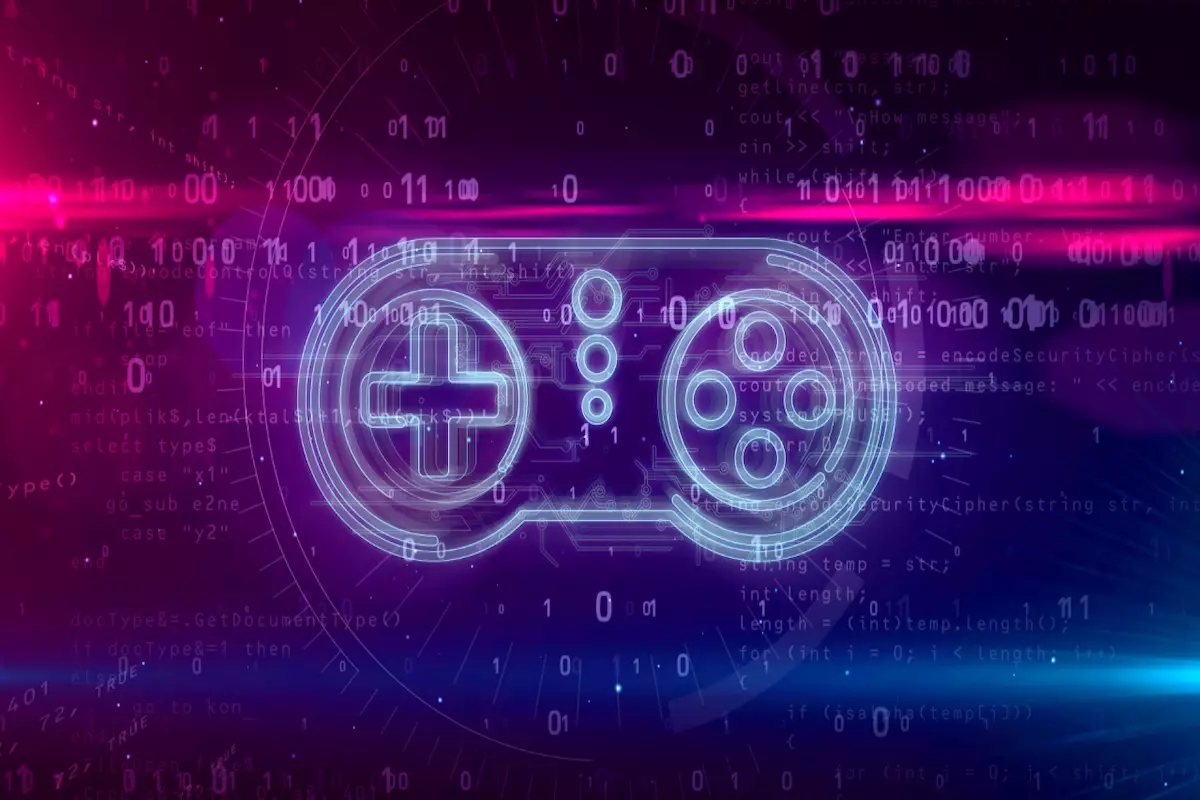In the ever-evolving landscape of the gaming industry, play-to-earn (P2E) models are carving out a significant niche. These innovative frameworks allow players to earn tangible rewards through in-game activities, transforming entertainment into a lucrative venture. Unlike traditional gaming systems where players invest time and resources without any financial return, P2E platforms utilize blockchain technology to enable players to possess and trade their in-game assets as non-fungible tokens (NFTs). This leading-edge approach not only empowers players but also changes the dynamics of engagement and monetization in gaming.
Before diving into game design, it is crucial to identify the target audience. A profound understanding of market preferences and player motivations lays the groundwork for a successful P2E game. What demographics are most inclined to engage in P2E gameplay? What do they seek from their gaming experiences—an immersive narrative, competitive challenges, or social interactions? Conducting comprehensive market research can yield valuable insights, allowing developers to tailor their offerings dynamically to meet player expectations.
To retain players, the gameplay must strike a balance between enjoyment and earning potential. Engaging mechanics should intertwine seamlessly with the monetization features. For instance, while players should have the opportunity to earn through tasks and challenges, the core gameplay must remain captivating enough to encourage ongoing participation. Gamification techniques, such as leveling up, rewards, and challenges, can significantly enhance user experience, enticing players to immerse themselves deeper into the game.
The selection of an appropriate blockchain is pivotal in the establishment of a P2E game. Factors such as scalability, security, and environmental sustainability need to be carefully considered. Developers should seek platforms that support efficient smart contracts to facilitate secure transactions. Additionally, as environmental concerns regarding energy consumption continue to rise, opting for eco-friendly blockchain solutions can greatly enhance the game’s reputation and appeal, aligning with a growing base of environmentally conscious players.
The in-game economy is the lifeblood of any P2E model, necessitating strategic planning to maintain value and prevent inflation. Implementing robust tokenomics is critical, where in-game currencies and assets promote a balanced economy. Developers may consider innovative strategies such as token burns or staking mechanisms, which not only regulate the economy but also incentivize player participation. Understanding various token systems — whether dual-token frameworks that differentiate between utility tokens and governance tokens — can play a vital role in sustaining player interest and financial viability.
Regulatory Compliance and Player Protection
As the gaming industry intertwines with the realms of cryptocurrency and NFTs, navigating regional regulations becomes an essential focus. Developers must educate themselves about the legal landscape surrounding crypto transactions and what measures they can take to protect players. Addressing gambling concerns and establishing trust through transparency will enhance the game’s credibility, fostering a loyal community.
Creating an Intuitive User Experience
An essential aspect often overlooked is the user experience, especially when integrating complex technologies such as blockchain. Developers should design intuitive interfaces that minimize the learning curve for new players. Educational resources and engaging tutorials can bridge the gap, allowing novices to navigate the gaming environment with greater ease. Furthermore, fostering a vibrant community around the game encourages player engagement, providing a platform for feedback and continuous improvement.
The successful launch of a P2E game is characterized by a well-crafted strategy that may include exclusive in-game events or limited-time rewards to attract new players. Post-launch, it is vital to keep the content fresh through regular updates and community events, ensuring longevity in player interest. Monitoring the evolving player dynamics and making necessary adjustments to game mechanics and economic policies will also help maintain a healthy in-game ecosystem.
While building P2E games presents its set of challenges—ranging from technical to regulatory—the potential rewards are substantial. As technology progresses and gamers grow more accustomed to blockchain integration, the P2E sector is positioned for exponential growth. By mastering the art of player engagement, robust economic modeling, and user-centric design, developers can navigate this new frontier confidently. Staying ahead of industry trends and challenges will enable them to cultivate successful, long-lasting gaming experiences.


Leave a Reply